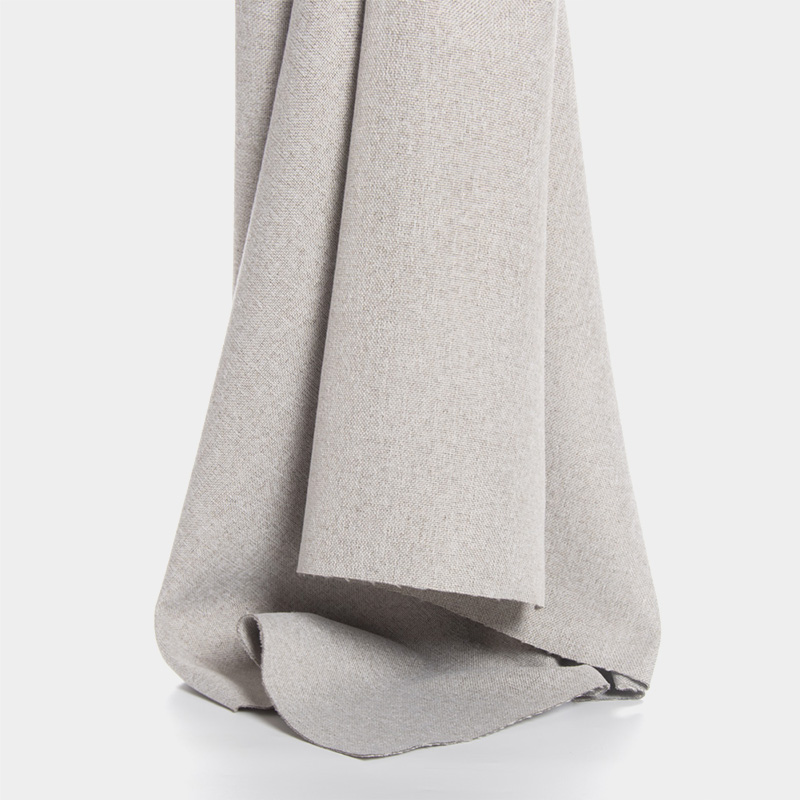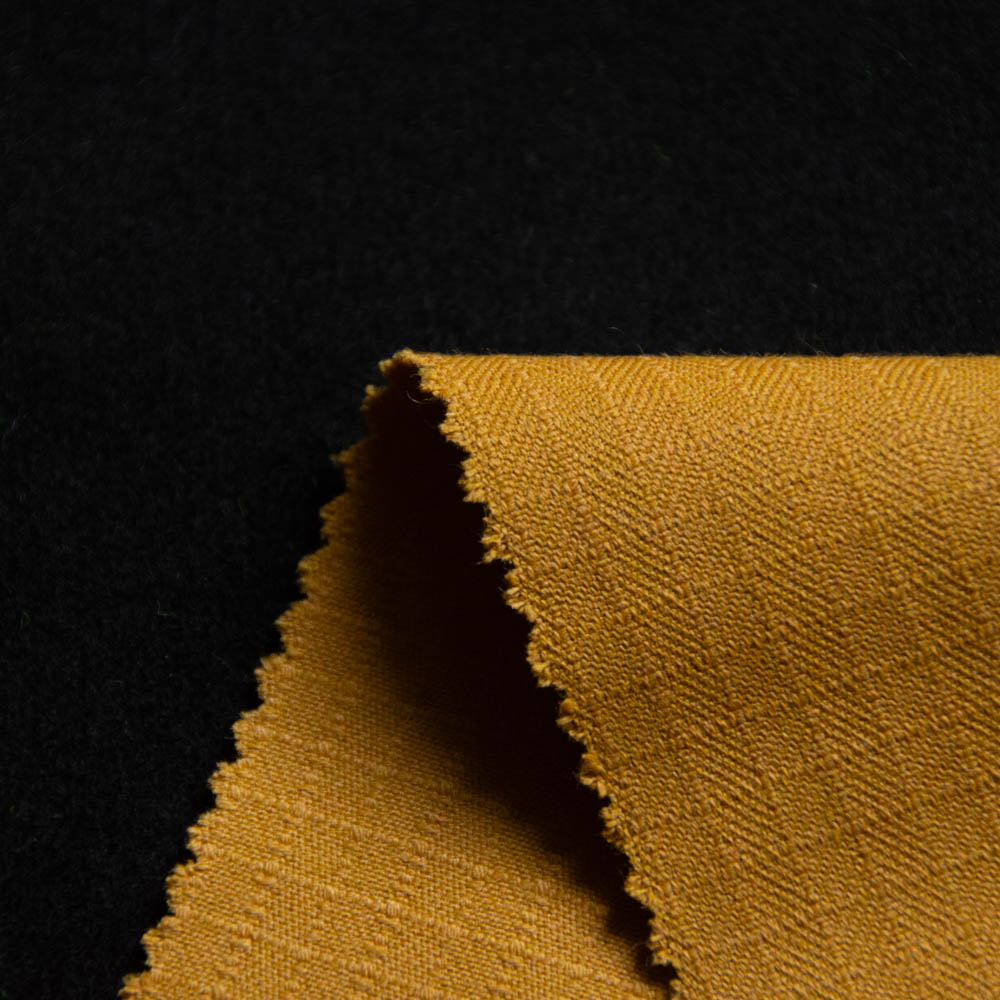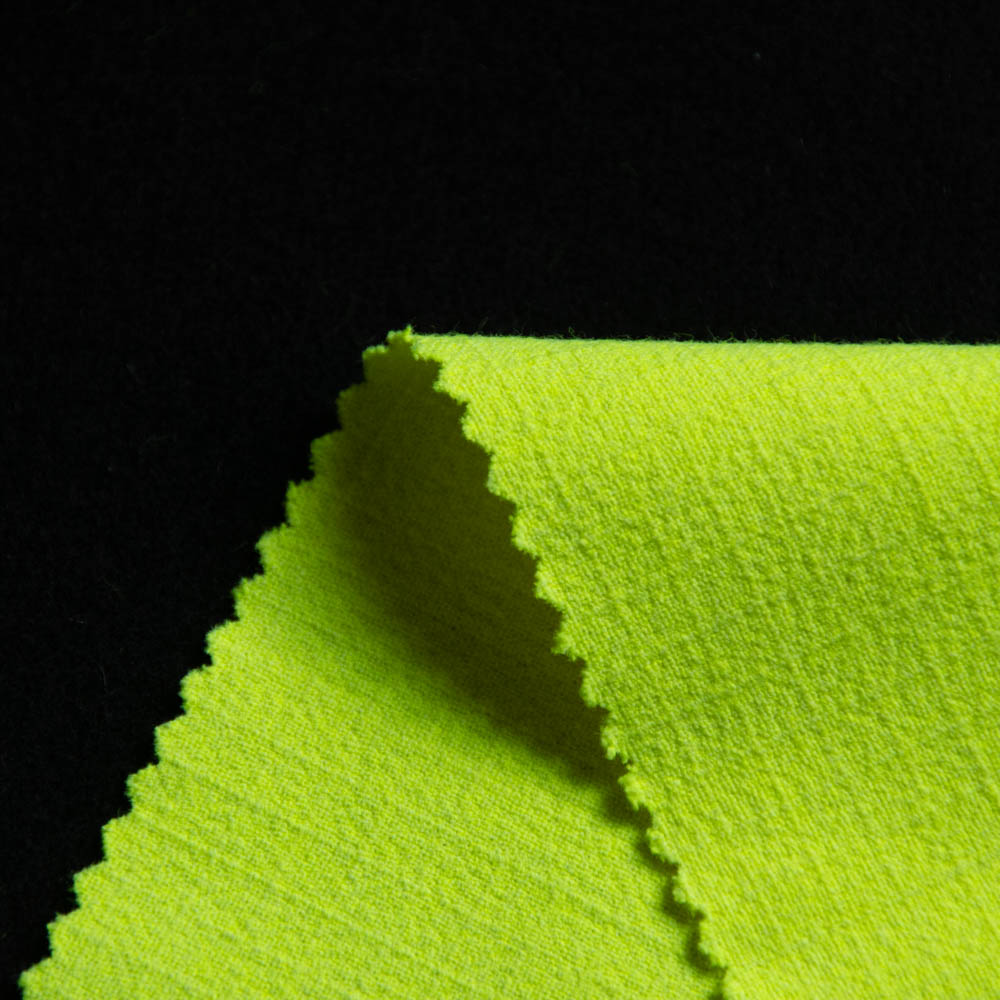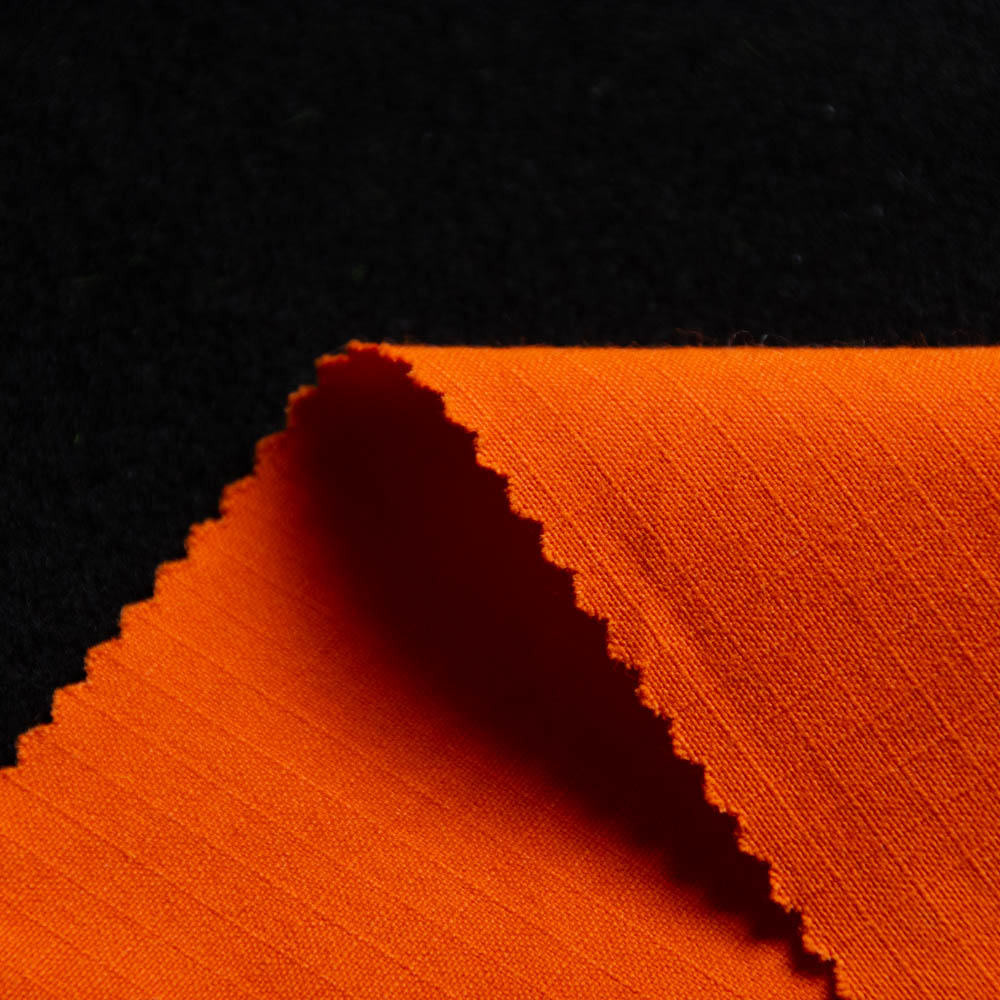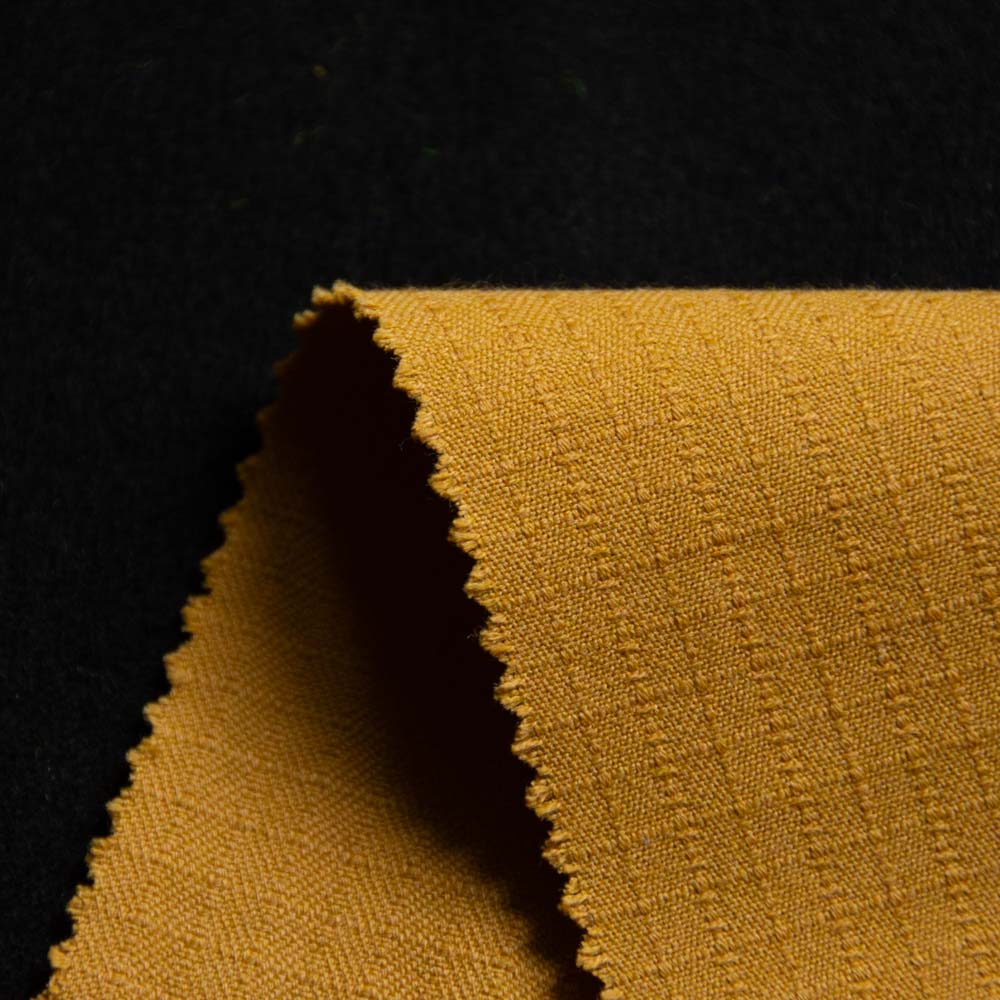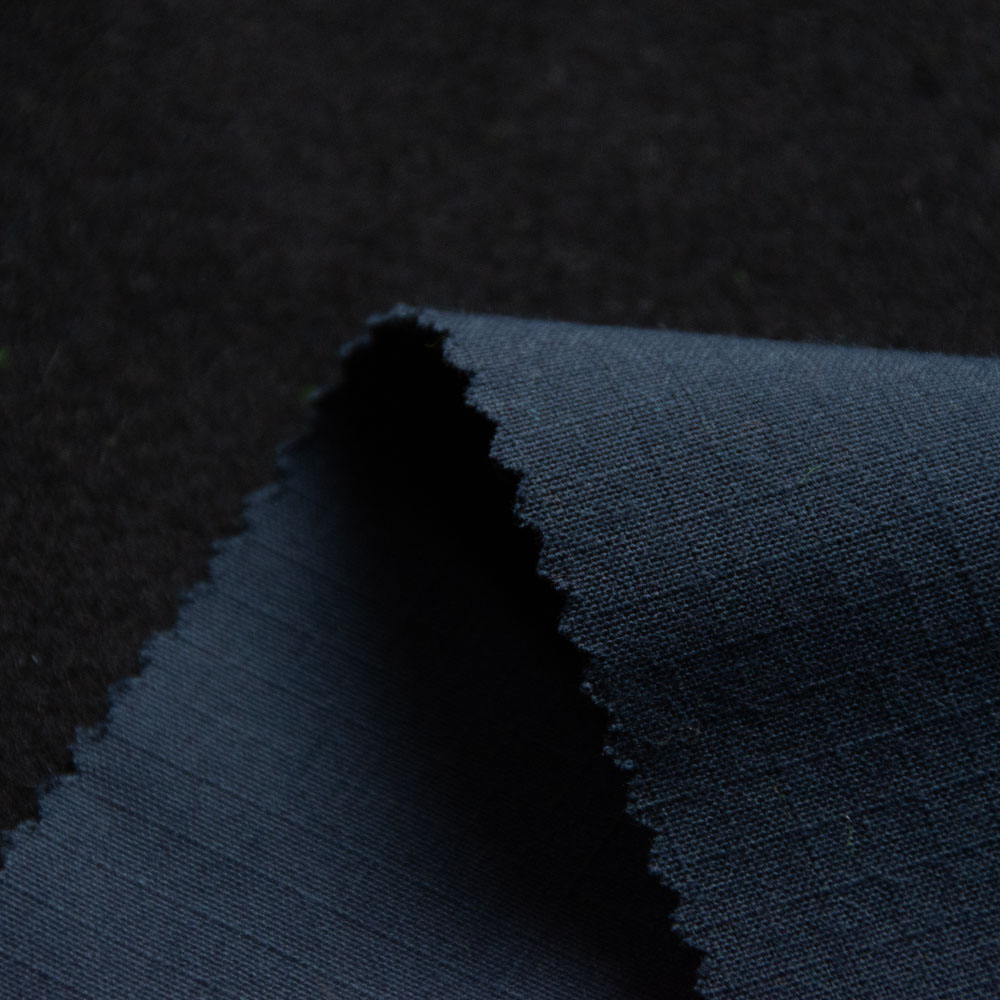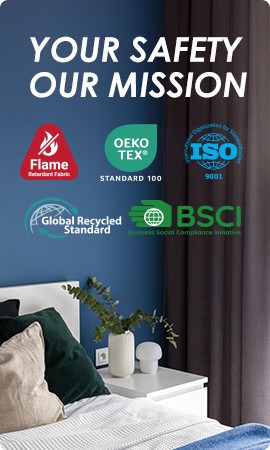Understanding Flame Retardant Fabrics: Classification, Standards and Applications

Flame Retardant vs. Flame Resistant Fabric
This is arguably the most common conflation in talking about flame retardant vs flame resistant fabrics but there are actually very stark differences. Flame retardant fabrics, chemically treated textile materials to resist ignition and inhibit the rate of Flame spread. These textiles typically comprise the treatment of apparel (non-flame resistive fabrics, such as cotton or polyester.)
Fire resistant fabrics, on the other hand, are made of fibers that do not burn naturally. The basic property of flame-resistant fibers is that they are not easily ignitable, and these fibers will readily self-extinguish after the source of ignition has been removed. Unlike common fabrics, flame-resistant fibers require a higher amount of energy to ignite and also self extinguish when the ignition source has been eliminated.
| Feature | Flame Retardant Fabric | Flame Resistant Fabric |
| Composition | Chemically treated ordinary fibers | Inherently non-flammable fibers |
| Durability | May lose effectiveness after washing | Retains properties throughout lifespan |
| Cost | Generally more affordable | Typically more expensive |
| Application | Suitable for temporary use | Ideal for long-term protective use |
Classification of Flame Retardant Fabrics
Based on the Production Process
- Inherent Flame Retardant Fabrics
Inherent Flame Retardant Fabrics are made of fibers that have natural flame resistance properties. These fabrics remain protected throughout their whole lifecycle of the same, thus assuring sustainability and consistency in multiple applications. High washability, wear resistance, high temperature and chemical resistance allow them to be used in metallurgy, oil field and fire protection industry.
- Post-Treatment Flame Retardant Fabrics
During the dyeing and finishing process, these fabrics are chemically treated to obtain flame-retardant properties which can be classified as post-treatment flame-retardant fabrics. Now, these properties are very effective at first but start to wear out after we do laundry on repeated occasions or expose the fabric to certain conditions. They are mainly absorbed filters, and less washing, generally for hotel curtains or disposable protective clothing.
Based on Wash Durability
- Durable Flame Retardant Fabrics
Unlike ordinary flame retardant fabrics which lose protective properties after the first wash, these fabrics remain effective at repelling fire even after multiple washes. They are intended for use in situations that require repeated washing and cleaning while keeping the flame retardant possibilities intact during the life of the garment.
- Non-Durable Flame Retardant Fabrics
Non-durable flame retardant fabrics lose their effectiveness after washing. These are typically used in environments where laundering is infrequent, such as hotel curtains or other decorative textiles.
Based on Composition
- Polyester
Polyester is popular in flame retardant applications because they already have a good resistance to ignition and are also suitable for further chemical finishing to provide greater protection.
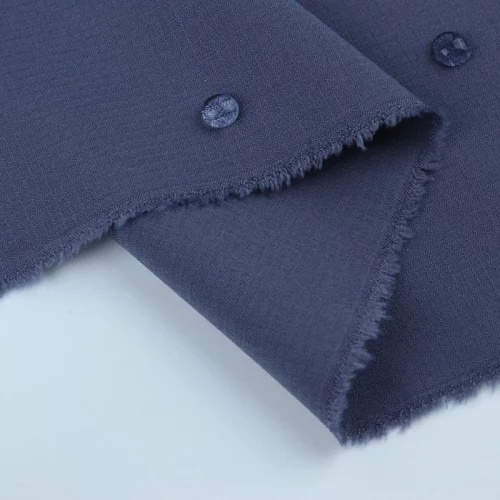
- Nylon
Flame retardant nylon fabric provides great strength and is naturally resistant to abrasions. With flame-retardant properties, it is also functional for outdoor equipment like tents and backpacks without affecting its performance on safety. With added flame-retardant properties, they can perform well in outdoor gear such as tents and backpacks and provide safety without sacrificing performance.
- Cotton
Cotton can be made flame retardant through post-treatment processes. While naturally flammable, treated cotton offers comfort and breathability along with improved fire resistance.
- Viscose
It can give the silk-like sensation of viscose in a more affordable price. Combining decorative home textiles with the flame-retardant treatment provides a pretty attractive solution for decoration without compromising on safety. Combined with flame-retardant treatments it provides decorative home textiles with both beauty and safety157.
- Aramid
Aramid fibers boast inherent heat resistance and strength, making them indispensable in high-risk industries like firefighting and aerospace. Their exceptional performance under extreme conditions ensures reliable protection.
- Acrylic
Acrylic fibers can also be modified for flame-retardant characteristics, providing a weight-saving but effective barrier that is useful in locations such as automotive or civilian interior furnishings. Acrylic fibers may also be modified with flame-retardant characteristics that make them appropriate for lightweight but high-performance protection such as vehicle interior fabrics or furnishings in public spaces.
- Fiberglass
Fiberglass naturally resists heat and flames due to its inorganic composition. This makes it an excellent choice for insulation materials and certain industrial applications where thermal resistance is crucial.
- Polypropylene
While not specifically flame resistant, polypropylene can be treated to become more flame retardant, thus offering utility in certain industrial situations where the part is not likely to come into contact with flames for extended periods of time and low-cost solutions are desired. Propylene is also available in flame-retarded grade through treatment and hence used in certain industrial applications to provide an inexpensive alternative when hazard of large scale exposure to flames does not exist.
Standards of Flame Retardant Fabrics
USA: NFPA 701, CA117, CFR 1615, CA TITLE 19
In the United States, several standards govern the performance of flame retardant fabrics:
- NFPA 701: This standard outlines test methods for assessing the flammability of textiles.
- CA117: Pertains to the flammability of upholstered furniture.
- CFR 1615: Relates to children’s sleepwear flammability.
- CA TITLE 19: Sets requirements for fire safety in public buildings.
CA: CAN / ULC-S109-14
The CAN / ULC-S109-14 standard is a Canadian flame test standard that identifies the flammability requirements for any textile materials found in public occupancy buildings. This includes meeting CAN / ULC-S109-14 standard flammability of textiles used in public spaces in Canada.
EU: EN13501-1, EN 13773 CLASS 1
The European Union enforces standards such as:
- EN13501-1: Classifies building products based on their reaction to fire.
- EN 13773 CLASS 1: Focuses on the flammability of curtains and drapes used in public buildings.
Across various sectors, fire retardant fabrics are vital tools for improving public safety while catering to specific regulatory standards across the globe. Fabrics used in protective clothing or interior decor uses, such as blankets and curtains for home settings, or outdoor gear applications where flame-resistant properties are extremely important, such as tents and backpacks, all provide an important degree of protection against possible fire sources from around the world during part of their life cycle throughout which they will conform to stringent industry standards.
Applications of Fire Retardant Fabric in Various Fields
Home Textiles
Now, fire retardant fabrics contribute greatly to making home environments safer. Flame retardant fabric blankets and curtains are the most common use. These materials are impregnated to be non-inflammable and slow fire propagation, giving further security in homes. For example, flame retardant curtains can stop a room from filling with flames so quickly, giving you time to escape. Besides safety advantages, these fabrics are aesthetically pleasing so they can easily blend in with home decor without sacrificing style.
Protective Clothing
Fire retardant fabrics are also a major area of usage in protective clothing. BEGOODTEX has high-performance protective gear for industries like metallurgy, oil and gas fields, coal mines, chemical plants, power generation, and fire protection that work at extremes. Such fabrics can have properties that make them wear and temperature-resistant, washable, chemical-resistant, etc. They allow garments to keep their protection for the life of the garment even when exposed to harsh environments. The flame-retardant protective clothing market holds a considerable share.

Outdoor Equipments
Fire retardant fabrics are also essential for safety and durability in outdoor equipment. Flame retardant tents, for instance, preserve campers’ safety by reducing the chances of fire spreading through camping grounds. These fabrics are suitable for many parts of outdoor gear like linings and backpacks. This allows the firms manufacturing outdoor equipment to provide fire-safe products with good endurance against extreme environmental situations by imbibing flame retardancy in their materials.
More Information on Flame Retardant Fabrics
BEGOODTEX specializes in manufacturing textile products and technologies with flame retardant properties, which can be used for fire safety not only at home but also for workwear. Besides Flame Retardant, BEGOODTEX fabrics could be ready with anti-static, waterproof and much more finishes. Visit us and find the top flame retardant fabrics for you!

